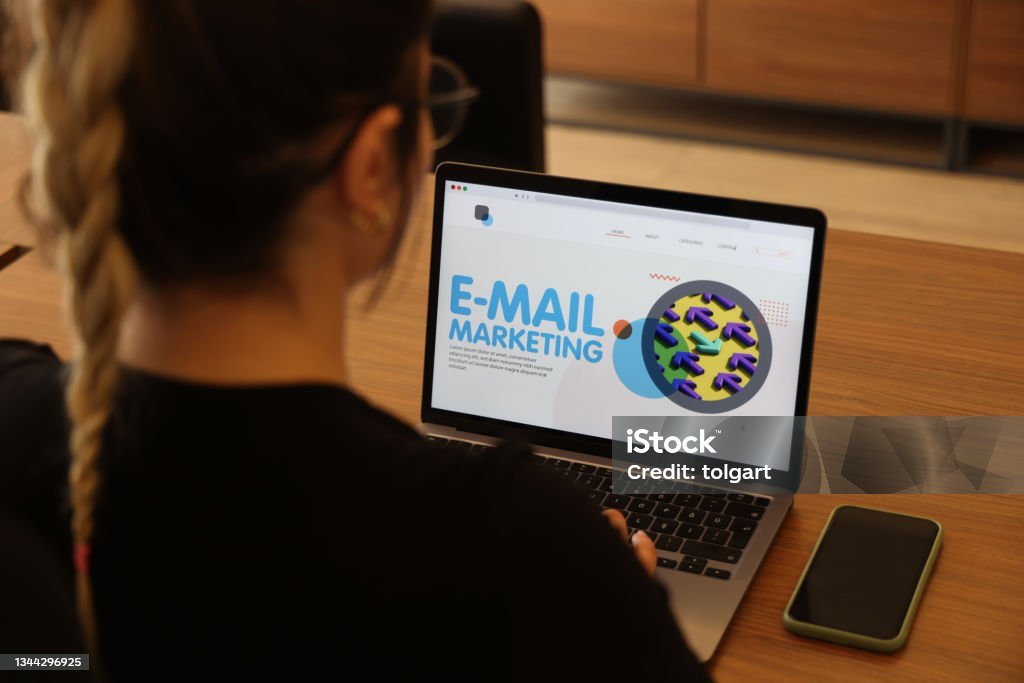In the digital age, few tools are as powerful for reaching and engaging an audience, driving concrete results for businesses of all kinds. Whether you are a budding entrepreneur, a small business owner, or even an accomplished marketer, knowing email marketing is one important aspect for success. This overview of email marketing covers what it is, its benefits, and actionable steps to get started.
What is Email Marketing?
Email marketing is a method to send targeted messages to your subscribers through electronic mail. It can be used to promote products, build relationships, nurture leads, and add value to an audience. Unlike social media or paid ads, email marketing gives you direct access to your subscribers, enabling personalized communication.
Why Email Marketing Matters
1. High ROI: Email marketing sees an average return of $36 for every $1 spent, making it one of the most cost-effective channels.
2. Direct Audience Engagement: You own your email list and, by extension, have complete control over how you reach your audience and when.
3. Personalization at Scale: Email allows highly personalized messaging based on user behavior, preferences, or demographics.
4. More Conversions: Well-crafted email campaigns can drive traffic to your website and convert leads into customers.
Getting Started with Email Marketing
Step 1: Choose the Right Email Marketing Platform
Start by choosing a platform that suits your needs and budget. Popular options include:
• Mailchimp: Very good for beginners, featuring intuitive features.
• ConvertKit: Great for creators and bloggers.
• HubSpot: Offers very powerful tools for scaling businesses.
Look for platforms that provide:
• Automation capabilities.
• Detailed analytics and reporting.
• Ease-of-use templates.
Step 2: Create and Grow Your Email List
Your email list is the bedrock of your campaigns. Follow these methods to grow your list organically:
• Value-Added Lead Magnets: Give away free resources such as eBooks, templates, or guides in exchange for email sign-ups.
• Embed Signup Forms: Add forms on your website, blog, or landing pages.
• Webinars and Events: Capture leads by requiring registration via email.
• Running Social Media Campaigns: Leverage social platforms for a newsletter or lead magnet.
Pro Tip: Double opt-in is always in order, making sure these subscribers go onto your list willingly.
Step 3: Understand Email Types
Since creating the right kind of email for your audience will bring about all the difference. Common types of emails include:
1. Welcome Emails: Greet new subscribers and set expectations.
2. Newsletter Emails: Share updates, blog posts, or company news.
3. Promotional Emails: Announce sales, discounts, or product launches.
4. Drip Campaigns: Send a series of automated emails to nurture leads.
Step 4: Create Engaging Emails
1. Write Appealing Subject Lines:
o March directly to the point in as little as 40-60 characters.
o Action words or numbers attract attention, such as “10 Tips to Boost Sales”.
2. Design for Readability:
o.allow clear headings and concise paragraphs.
o Add visuals like images, GIFs, or videos.
o Ensure mobile responsiveness.
3. Personalize the Content:
o Use the subscriber’s name in either the subject line or greeting.
o Segment your list based on preference or past activity.
4. Strong Call-to-Action (CTA):
o Make sure it is clear and actionable, such as “Download Now” or “Shop Today”.
o Position it front and center in the email.
Step 5: Automate Your Campaigns
Automation simplifies your workflow and keeps your communication consistent. Examples of automated campaigns include:
• Welcome Series: Automatically send a follow-up series of emails upon subscription.
• Cart Abandonment Emails: Remind customers about items left in their shopping cart.
• Re-engagement Emails: Target inactive subscribers with enticing offers.
Step 6: Measure Performance and Optimize
Use analytics to track key metrics:
• Open Rate: Percentage of recipients who opened your email.
• Click-Through Rate (CTR): Percentage of recipients who clicked a link.
• Conversion Rate: Percentage of recipients who completed the desired action.
• Bounce Rate: Emails that couldn’t be delivered.
Optimize Your Campaigns By:
• Testing different subject lines (A/B testing).
• Experimenting with send times to find the optimal schedule.
• Refining your content based on audience behavior and feedback.
Best Practices for Email Marketing Success
1. Focus on Quality Over Quantity: Send meaningful, value-driven emails rather than bombarding subscribers with frequent, irrelevant messages.
2. Maintain List Hygiene: Regularly clean your email list by removing inactive or unengaged subscribers.
3. Follow Legal Guidelines: Comply with laws like GDPR and CAN-SPAM by including an unsubscribe link and obtaining consent.
4. Monitor Deliverability: Use a good sender domain and avoid words that will get you into spam.
Conclusion
Email marketing is the most effective way to nurture solid relationships with your audience for the growth of your business. With the use of appropriate strategies, tools, and best practices, one can run effective campaigns which appeal to the audience and ensure measurable results.
This guide forms a very good foundation, whether one is just starting out or refining the current approach. Ready to get started? It’s time to create your first email and see your business flourish.




